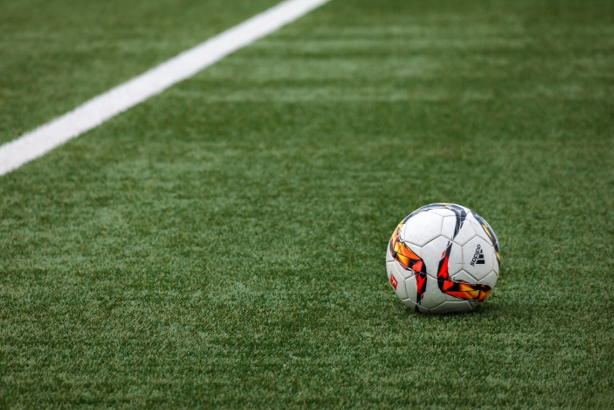
When looking for a gym turf, there are several options available. There are synthetic grasses and rubber workout flooring. Let us examine the pros and cons of each. Ultimately, you will have to make your decision based on your needs. This article will provide some guidance in choosing the perfect turf for your gym.
Synthetic grass
Having a gym floor is not impossible with synthetic turf. Whether you are installing a brand-new floor, or you are remodeling an existing space, there are several things you need to consider to make sure the new turf will last a long time. For example, you need to consider the amount of weight you plan on using the space for. If you are planning on utilizing the space for weight lifting and other heavy-impact activities, then you may want to choose a different type of gym turf.
Thankfully, there are a few types of synthetic gym turf available. The first is UV stable, which means it can be used outdoors or inside. Click here for more information about ultraviolet light.
The second type is made of polypropylene fiber, which is very easy to clean and doesn’t cause irritation to the skin while exercising. Finally, nylon fiber is the strongest material used for indoor fitness flooring. It is great for commercial exercise areas, but it can fade in sunlight.
Another important consideration when choosing an artificial exercise area floor is the appearance. Although it may seem like an unnecessary expense, synthetic grass will make your workout area look more modern and attractive. Plus, it is great for separating areas and creating clean lines and boundaries. It is also easy to clean and won’t show any marks or other damage.
Another feature to consider when choosing synthetic grass is how comfortable it is for your joints. The synthetic surface reduces the risk of injuries caused by falls and is more comfortable for long sessions of training. It is also shock-absorbing, making it safer for athletes to use. It will also help you avoid injuries when you do a lot of jumping and sprinting.
Another important benefit of exercise area grass is that it is slip resistant and provides a cushioning effect for falls and promotes balance. Additionally, it absorbs sound and is easy to clean. This makes it an excellent choice for any workout space. It is available in large flooring rolls or individual tiles. And it will last for many years.
Another benefit of artificial exercise area grass is the fact that it looks great. It gives your training space a professional appearance and adds to the area’s atmosphere. Plus, it’s a great alternative to slippery rubber mats and concrete floors. Synthetic exercise area grass also doesn’t wear out easily, making it ideal for exercise areas with high-impact workouts and constant foot traffic.
Using artificial exercise area grass is one of the best ways to create an exercise area floor that is safe and durable. It’s ideal for strength training and functional fitness training. As these methods continue to grow in popularity, gym turf can help facilitate this type of training. Additionally, the soft padding of artificial gym turf makes it ideal for yoga and strength training.
Another benefit to using synthetic gym turf is that it is easy to maintain and is a smart investment. It gives your gym a cushioned surface that will improve your workouts without the added cost of artificial lighting. It can also be installed in a brief period of time and will look fresh in any space.
Rubber workout flooring
Rubber floors in exercise areas are often used as underlayment for wood exercise area floors. However, wood floors can be prone to splintering, especially when heavy weights are dropped. Wood is also slippery when wet. Nonetheless, wood exercise area floors are ideal for aerobic exercises like kickboxing, dance, and aerobics.
Another option for exercise area floors is cork, which is made from renewable bark. This material is considered a healthier choice than rubber, but is not as durable as real wood.

Exercise areas can make use of rubber tiles to provide traction and shock absorption for their floors. They are easy to maintain, durable, and anti-slip. Plus, they are eco-friendly and made in the USA. They can also be easily replaced if they become worn out or damaged. Click the link: https://www.wikihow.com/Clean-Rubber-Flooring for more information on how to clean this surface.
Exercise area turf is another popular option for flooring. This type of flooring is easy to install with adhesive or double-sided tape. It should be leveled and clean before installation. Once the floor is installed, leave it to dry for at least 72 hours. Exercise area turf tiles can be rolled or glued, and the tiles should be laid on a level subfloor.
There are a variety of different exercise area flooring options, including EVA foam tiles that look like wood or tile. These mats are durable and easy to clean. You can also use rubber tiles for the floor of your home exercise area. This is a low-cost option that is very versatile. And if you don’t want to spend much, you can always buy interlocking foam mats.
